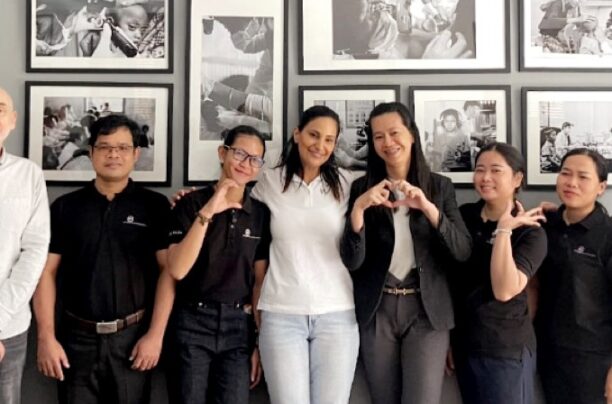Why children need even more SNR support
Decades of evidence show that children need stronger support for listening in noisy environments than adults do. A new consensus publication brings this research together to guide evidence-based decisions in pediatric hearing care.











